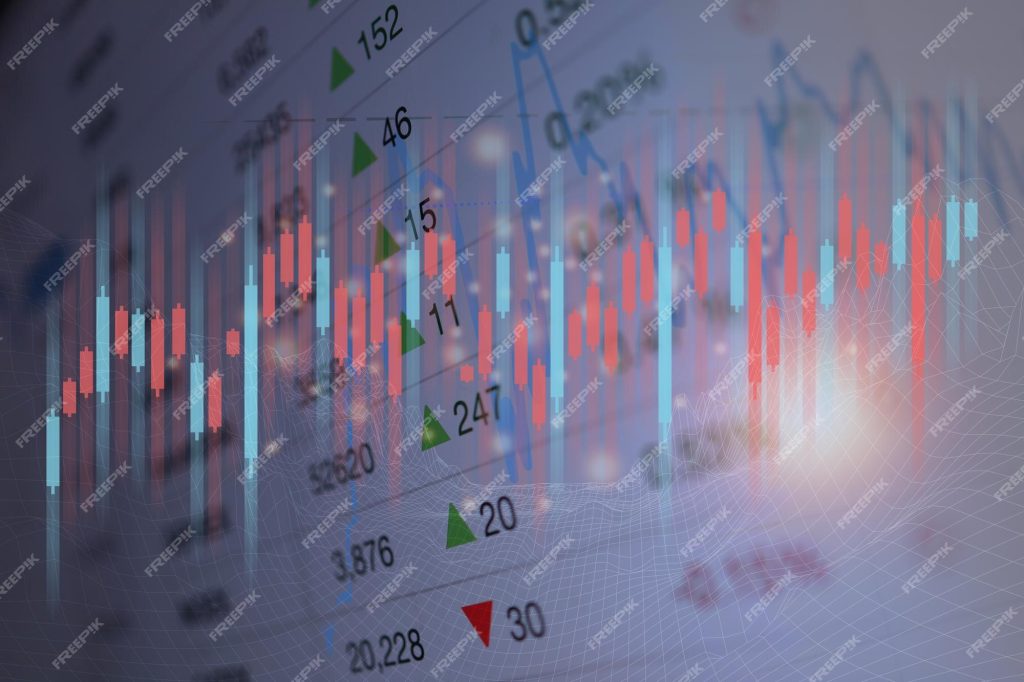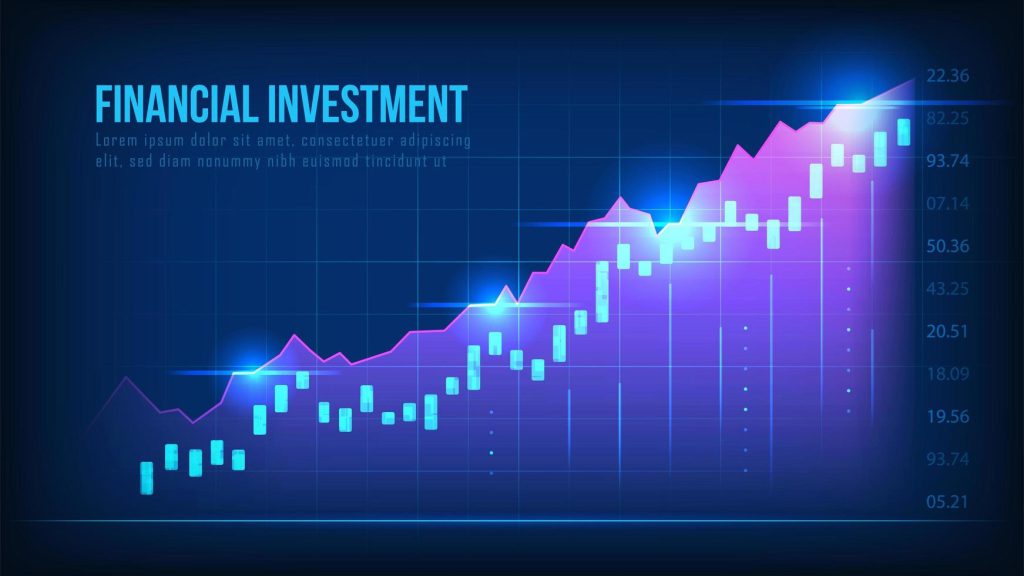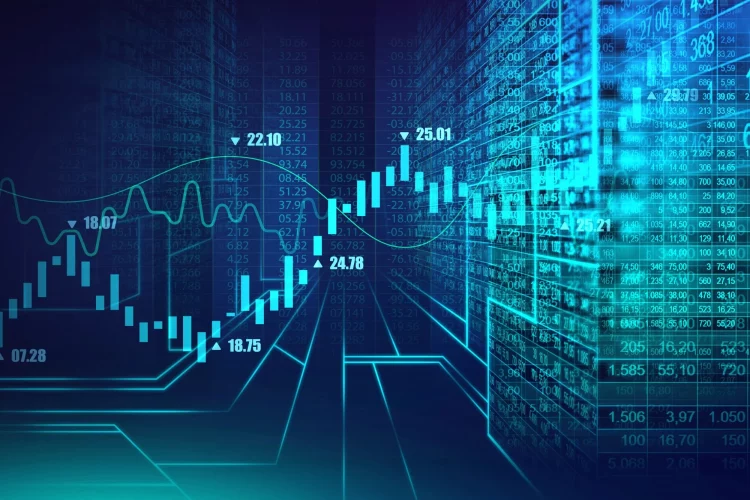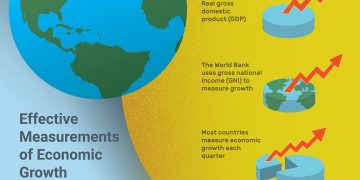Amidst the labyrinthine corridors of global finance, a colossus stirs. The private credit market, a once-niche corner of the financial ecosystem, has burgeoned into a two trillion-dollar behemoth worthy of vigilant scrutiny. This is a realm where opacity and interconnectivity converge, creating a complex tapestry that could exacerbate financial vulnerabilities due to its limited regulatory oversight.
The Stealth Giant Awakens
The private credit market, a domain of specialist non-bank financial institutions such as investment funds, has witnessed its assets and committed capital worldwide surpass the staggering sum of $2.1 trillion last year, with approximately three-quarters of this colossal figure stemming from the United States. In the U.S., private credit now vies for market share with syndicated loans and high-yield bonds.
Born some 30 years ago, the private credit market emerged as a haven for enterprises too large or risky for commercial bank lending and too small to tap into the public debt markets. Its rapid growth in recent years is attributed to attributes such as speed, flexibility, and attentive service, which have endeared it to borrowers. Institutional investors like pension funds and insurance companies have gravitated towards these illiquid but higher-yielding, lower-volatility funds.

A Double-Edged Sword
While private credit has undeniably generated substantial economic benefits by providing long-term financing to borrowing entities, the shift from regulated banks and the more transparent public markets to the less transparent private credit sphere poses potential risks. The unclear interconnections among private credit funds, private equity firms, commercial banks, and investors contribute to valuation uncertainties, ambiguous credit quality assessments, and a nebulous understanding of systemic risk formation.
Currently, the direct financial stability risks from private credit seem limited. However, given the market’s opacity and high degree of interconnectedness, its rapid growth under limited regulatory scrutiny could translate current vulnerabilities into systemic issues for the broader financial system.
The April 2024 Global Financial Stability Report identifies several vulnerabilities.
Firstly, compared to entities utilizing leveraged loans or publicly issued bonds, those tapping into the private credit market tend to be smaller and more leveraged, rendering them more susceptible to rising interest rates and economic downturns. Our analysis suggests that with recent benchmark rate hikes, over a third of borrowers now face interest costs exceeding their earnings.
The rapid growth of private credit has also intensified competition in the large-deal arena from banks. This, in turn, has placed capital allocation pressures on private credit providers, leading to a loosening of lending standards and more lenient covenants in loan contracts—trends that regulatory bodies have begun to note with concern.

Secondly, the illiquidity of private market loans, which are seldom traded, precludes valuation based on market prices. Typically, risk models are used for quarterly valuations, which may be influenced by outdated and subjective assessments from various funds. Our analysis, comparing private credit to leveraged loans (which are traded regularly in more liquid and transparent markets), indicates that despite lower credit quality, impairments on private credit assets tend to be smaller during stressed periods.
Thirdly, while leverage within private credit funds appears modest, the potential for multiple layers of hidden leverage within the private credit system is indeed worrisome. Investors in private credit funds, as well as the borrowers themselves, often employ leverage. This layered leverage obscures the assessment of the market’s potential systemic vulnerabilities.
Fourthly, the degree of interconnectedness within the private credit system seems high. Although banks’ exposures to private credit risk are generally not significant (the Federal Reserve estimates U.S. private credit borrowings at under $200 billion, less than 1% of U.S. bank assets), some banks may have concentrated exposures. Moreover, certain pension funds and insurance companies are delving deeply into the private credit realm, significantly increasing their stakes in these less liquid assets. This includes life insurance companies influenced by private equity investments, as discussed in our recent report.
Lastly, while liquidity risks currently appear limited, the assessment could change with the growth of retail funds. Private credit funds employ long-term capital lock-ups and impose restrictions on investor redemptions to align investment horizons with the illiquidity of their assets. However, new funds targeting retail investors may carry higher redemption risks. While liquidity management tools, such as gates and fixed redemption periods, can mitigate redemption risks, these have yet to be tested in scenarios of mass redemptions.
In sum, while these vulnerabilities have not yet posed systemic risks to the broader financial sector, they could accumulate and impact the economy. In a severe economic downturn, credit quality could deteriorate rapidly, leading to defaults and significant losses. The opacity could make these losses difficult to assess. Banks might curtail loans to private credit funds, retail funds could face large-scale redemptions, and private credit funds and their institutional investors might experience liquidity pressures. The high degree of interconnectedness in the private credit market could affect public markets, as insurance companies and pension funds might be compelled to sell more liquid assets.
If pressures in the private credit market lead to a reduction in corporate lending, these cumulative interconnections could have significant economic repercussions. The severe data gaps make monitoring these vulnerabilities across financial markets and institutions more challenging, potentially delaying proper risk assessments by policymakers and investors.
Policy Implications
The imperative is to heighten regulatory vigilance, closely monitoring and assessing the risks of the private credit market.
Authorities should consider a more proactive regulatory approach to private credit, focusing on monitoring and risk management, levels of leverage, interconnectedness, and concentration of risk exposures.
Authorities should strengthen cross-sector and cross-border cooperation to bridge data gaps and enhance consistency in risk assessments across financial sectors.
Regulators should improve reporting standards and data collection to better monitor the growth of private credit and its impact on financial stability.
Securities regulators should closely monitor liquidity risks and conduct risks of private credit funds, particularly retail funds that may face higher redemption risks. Regulators should implement recommendations from the Financial Stability Board and the International Organization of Securities Commissions on product design and liquidity management.



































